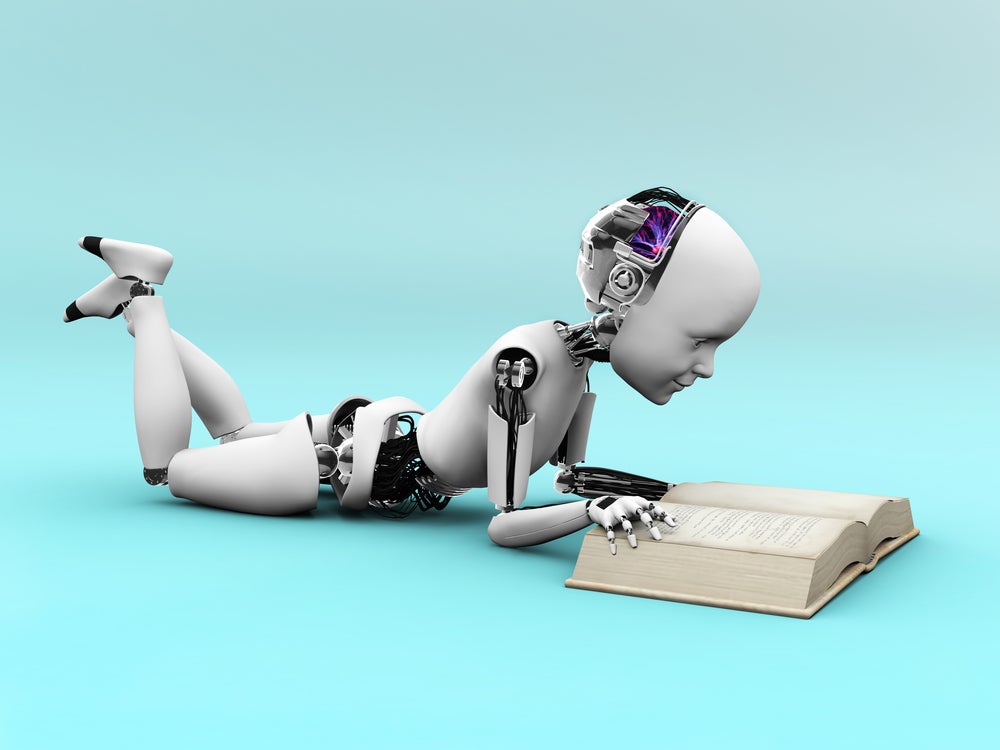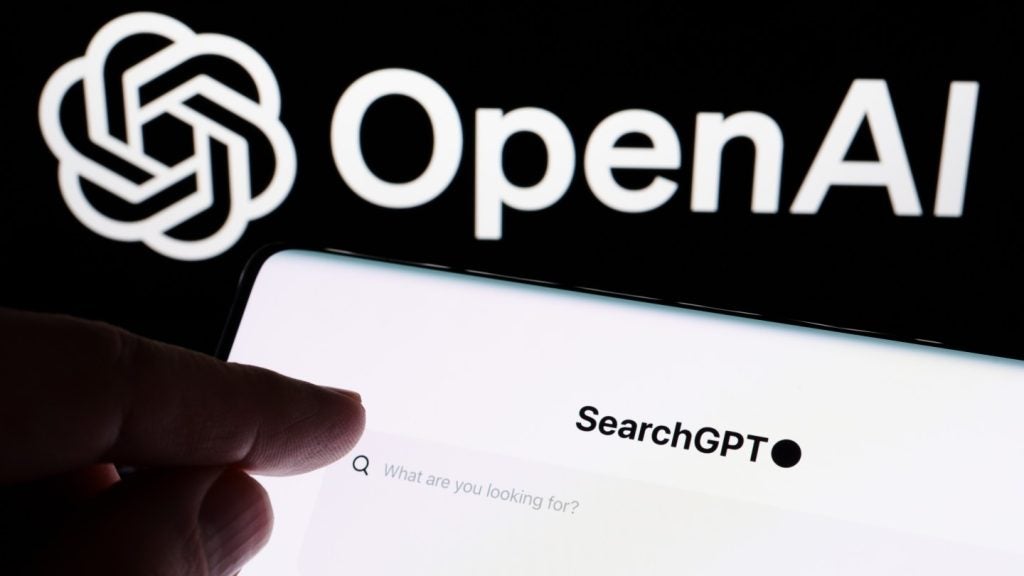Artificial intelligence (AI) has undoubtedly transformed how we access and consume information.
From voice assistants to personalised news feeds, AI systems have now become embedded in our daily lives.
Yet while the technology offers an unprecedented level of convenience and efficiency, it brings equally disturbing consequences. These are not only seen in such things as its threat to consumer privacy, its potentially biased programming, or even its threat to the job market, but, very simply, in its threat to our ability to read.
Types of reading
In education, there are traditionally four reading techniques. Skim reading is used to gain an overall impression of the text without delving into detail. Scan reading is used to locate specific information within the text, almost like the ‘Find On Page’ tool in various applications.
Active and intensive reading provides a thorough understanding of the text, with which the reader should actively interact by asking questions and making connections. Finally, analytical reading requires analysis of the text being read.
At any stage in life, learning to read inspires the parallel development of many cognitive and linguistic skills. These include fluency, accuracy, and phonological awareness. The continuation of reading and learning facilitates other developmental processes, such as brain maturation, which involves changes in grey and white matter. As children come into adolescence, grey matter decreases and white matter increases.
AI versus long-form reading
Yet with such tools as AI-powered summarisation, all four of these reading skills deteriorate, and inevitably so too does our exercise of them decrease.
Summarisation tools like those used in news apps or email platforms, or found internally in companies, offer users condensed versions of long texts. While this is a dream for productivity, it equally prevents us from exercising our faculties, deterring us from investing time in detailed, long-form reading.
There are, of course, the more traditional and well-known drawbacks to not investing time in long-form reading. For example, reading reduces stress levels.
According to a study conducted at Sussex University in 2009, it reduces them by 68%—an appealing statistic to those frazzled by the throngs of modern life. Equally, for parents, reading with a child can decrease stress levels, according to a 2020 study from the Journal of the American Psychological Association.
Reading also enhances your creativity, expands your knowledge, and improves your memory, with consistent reading keeping neural pathways healthy. It improves concentration and focus, key in a world in which a 2015 Canadian study found that attention span dropped from 12 seconds to eight seconds between 2000 and 2015.
Reading and life expectancy
Yet the more serious consequence of a lack of reading manifests itself in a negative impact on life expectancy. A study by Yale in 2016 discovered that the lives of book readers were two years longer than those of nonreaders. With 12 years of follow-up on over three and a half thousand participants, those who read books were 17% less likely to die than those who did not.
Certainly, this correlation cannot be as simple as stated. Data from the National Literacy Trust considers these statistics through a more socioeconomic lens. The lowest life expectancies in England belong to those born in communities with the most serious literacy challenges. Discrepancies between the life expectancies of those born in areas with higher literacy challenges and those born in areas with lower literacy challenges come to an enormous 26.1 years.
Reasons for this may include such things as lower literacy ability impacting the skills needed to understand and process everyday health information, inevitably having potentially very serious consequences on physical and mental wellbeing. Similarly, the London School of Economics writes that those with poor literacy skills earn 12% less than those with good literacy skills, and the World Health Organisation has linked low income to higher mortality.
The importance of AI caution
With literacy rates declining in the UK as 30% of five-year-olds in England fall behind their expected reading levels, potentially costing the economy £830m ($1.1bn) post-pandemic, tools like AI must be used with caution as it begins to emerge into the field of education.
While there are important socioeconomic factors at play, AI tools to cut down reading and writing tasks in both school and work must be treated with care, and it must be considered how these tools may impact a desire to read outside of such places, and the impact they may have on our functional skills.
The anti-AI hype train brings about fearful clamours about how the technology will destroy humanity through the fiery apocalypse of misinformation campaigns, cyberattacks, and even autonomous weapons systems.
Yet the more subtle and unnerving side effect of certain AI tools is how they can damage our ability to read and process information, and how, ultimately, this affects our mental health, wellbeing, and potentially life expectancy.








